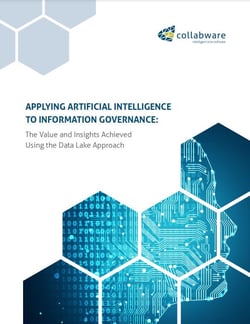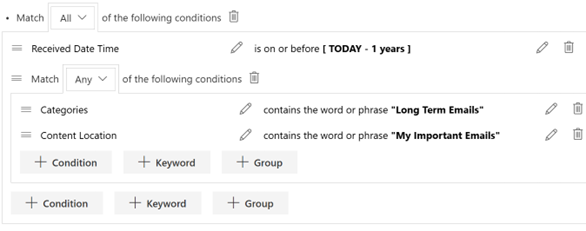
In case you missed it, we've already written an article defining what artificial intelligence is! This article will go a bit deeper, we will cover machine learning, business case scenarios to apply AI to records management, and practical steps to apply AI to RM!
Understanding AI Basics:
At its core, AI operates on algorithms designed to teach machines to learn and make decisions. This learning process is fueled by data, enabling machines to automate decision-making, a concept fundamentally rooted in machine learning.
What is AI?
AI evolves when machine learning generates new knowledge, leading to decision-making and action-taking based on that knowledge. It involves integrating multiple machine learning models, capturing input, making decisions, and reinforcing those decisions based on outcomes.
What Now: The Foundation - Machine Learning
Generating Data Models: AI begins with machine learning, involving the creation of data models either through direct coding based on statistics or by training from diverse datasets. This crucial step forms the foundation for subsequent AI capabilities.
Executing Algorithms: Running input through these models and extracting new data sets the stage for the next level of decision-making. The output data is then utilized for enrichment or prediction, propelling us into the realm of AI.
Three Types of Machine Learning:
-
Supervised Learning:
- Trains systems with fixed data, enabling them to understand and act on new data. Example: Training a system to identify and process invoices.
-
Unsupervised Learning:
- Processes data without predefined information, identifying commonalities and clustering data without prior training.
-
Reinforcement Learning:
- Focuses on prediction, leveraging historical data to predict future insights. For instance, predicting vendors willing to provide additional discounts based on invoice data.
Business Case for Applying AI to RM:
1. Automation and Transparency:
- Classification and categorization automation reduce manual efforts and biases.
2. Data Enrichment and Discovery:
- Identifying and extracting valuable data, tagging, and enriching it with AI facilitates efficient identification of patterns in large datasets.
3. Security and Supervision:
- AI aids in threat identification, predicting and mitigating suspicious activities, especially in areas like identifying phishing emails.
4. Insights and Predictions:
- For executive management, AI mines protected data for new insights, surfaces related content in context, and predicts outcomes based on operational data.
Future State: Where is AI Going in RM?
-
Data Enrichment:
- Develop layers of information, tag data for enriched context, facilitating easier discovery in eDiscovery/FOIA.
-
Virtual Assistant:
- A tool to query data and knowledge, execute basic actions, answer questions, book meetings, and locate relevant data.
Practical Steps to Apply AI to RM Today:
-
Build a Foundation:
- Establish AI program/policies aligned with the mission.
- Identify high-profile targets and address challenges like biases and ethics.
-
Data Lake:
- Stream in data to remove silos, protect data, enable computation at scale, and facilitate structured enrichment.
As we stand at the intersection of AI and RM, these practical steps and insights pave the way for a future where intelligent systems elevate the efficiency, transparency, and insights within the realm of Records Management. The journey has just begun, and the potential for AI in RM is boundless.
To learn more, you can also check out our whitepaper on this topic:






